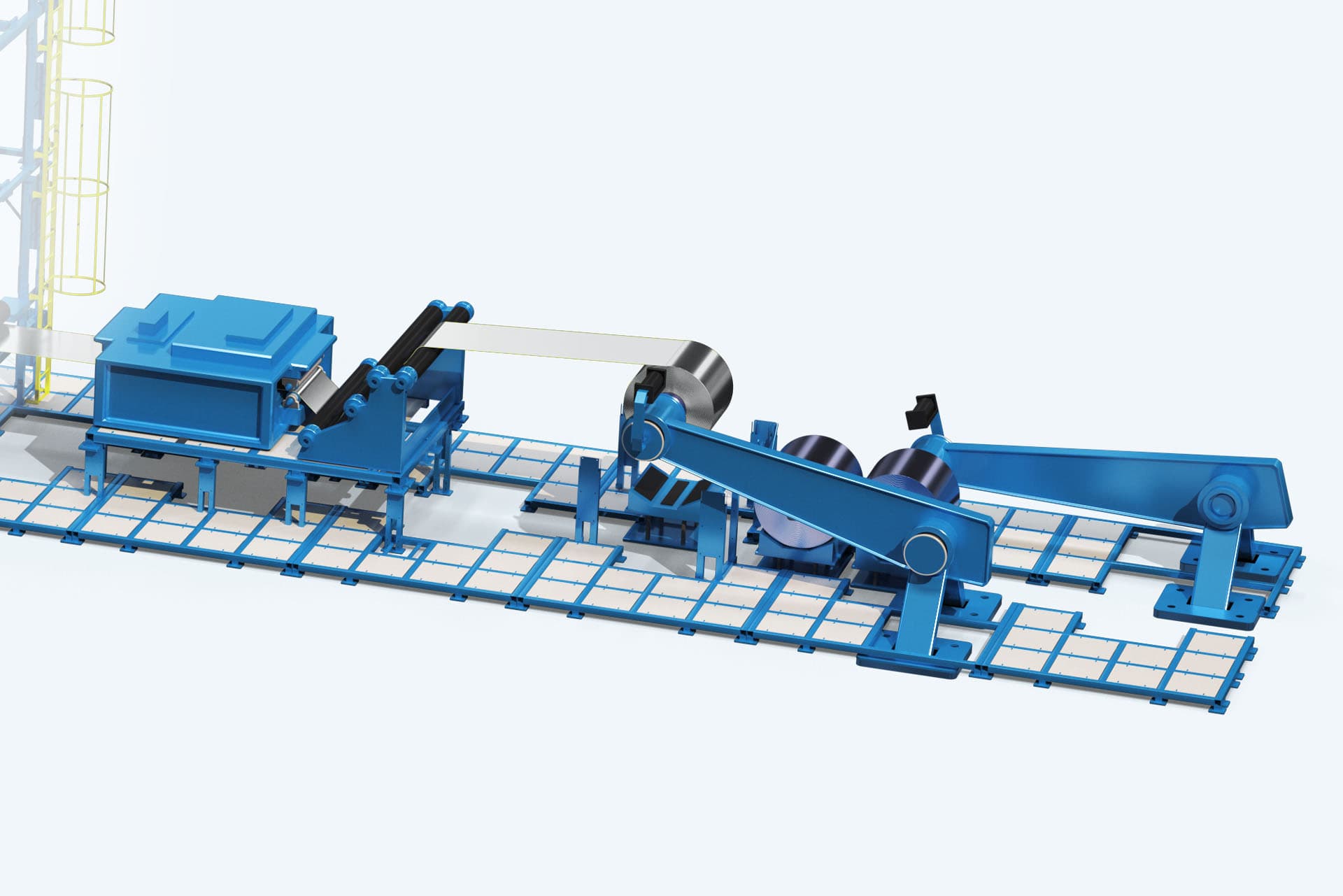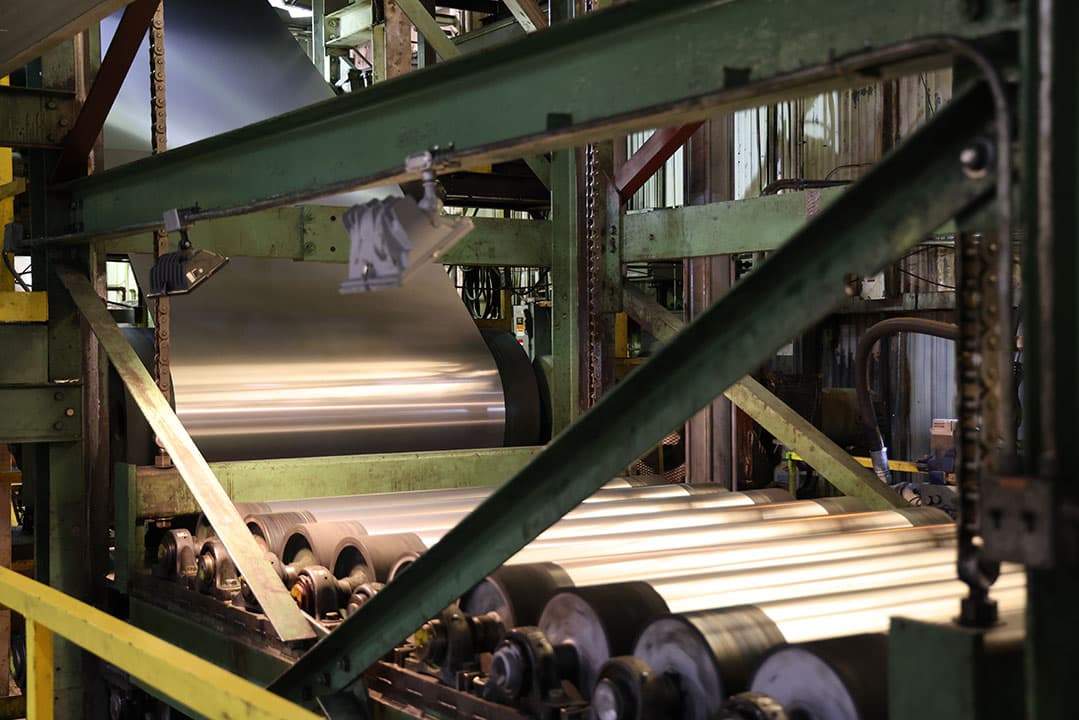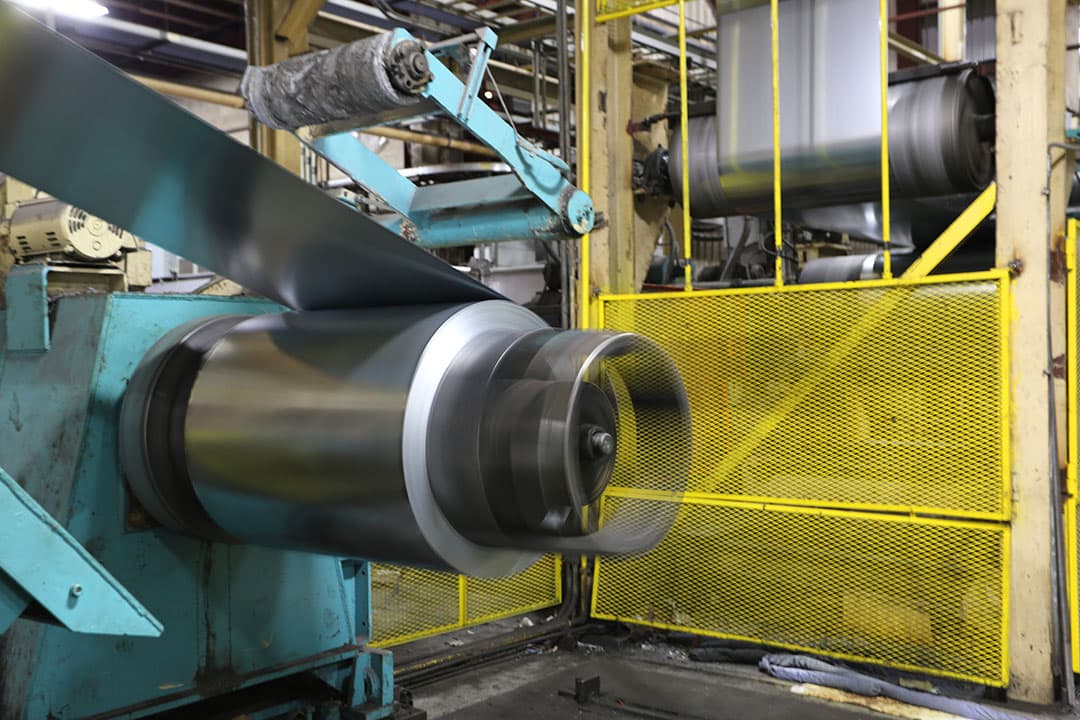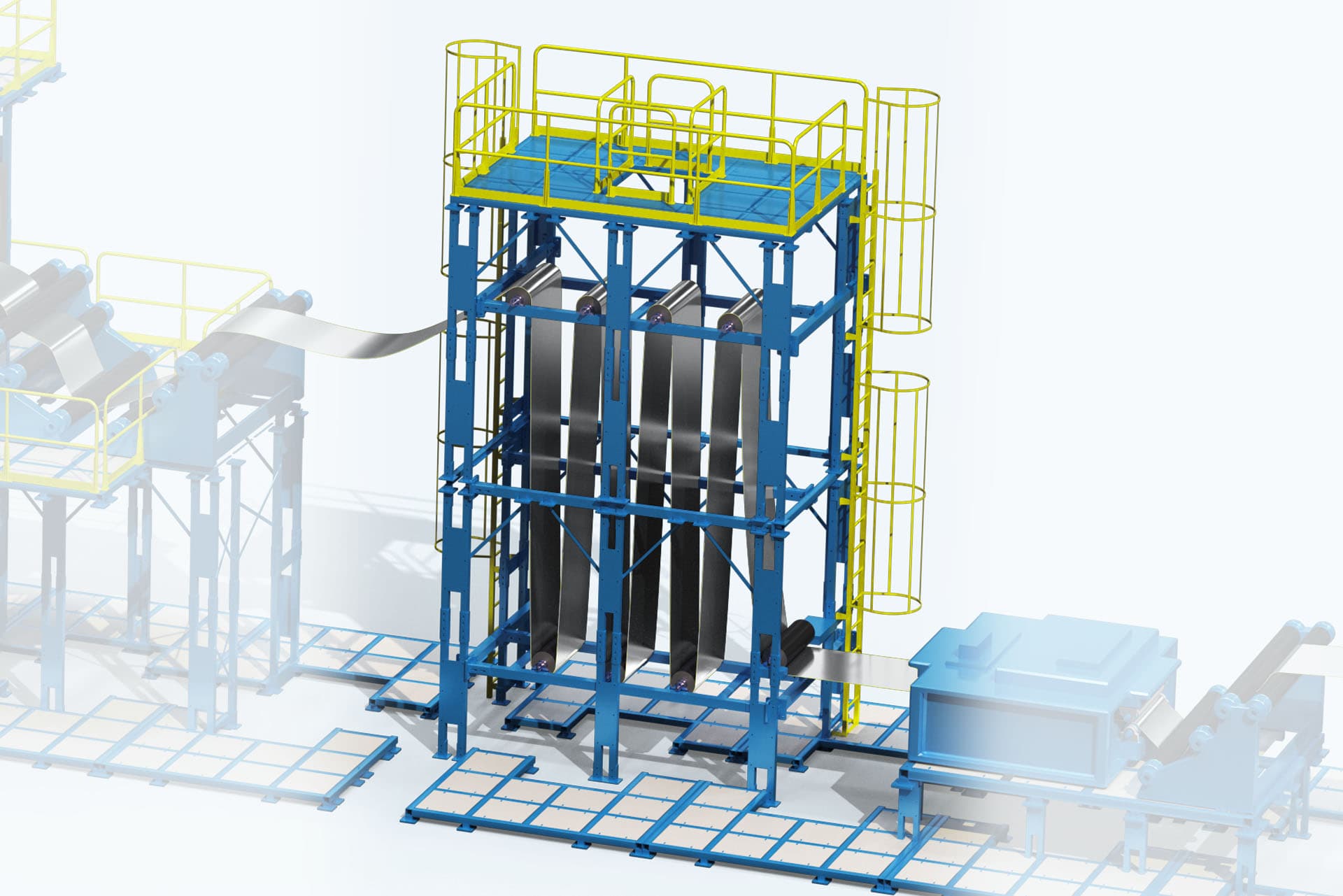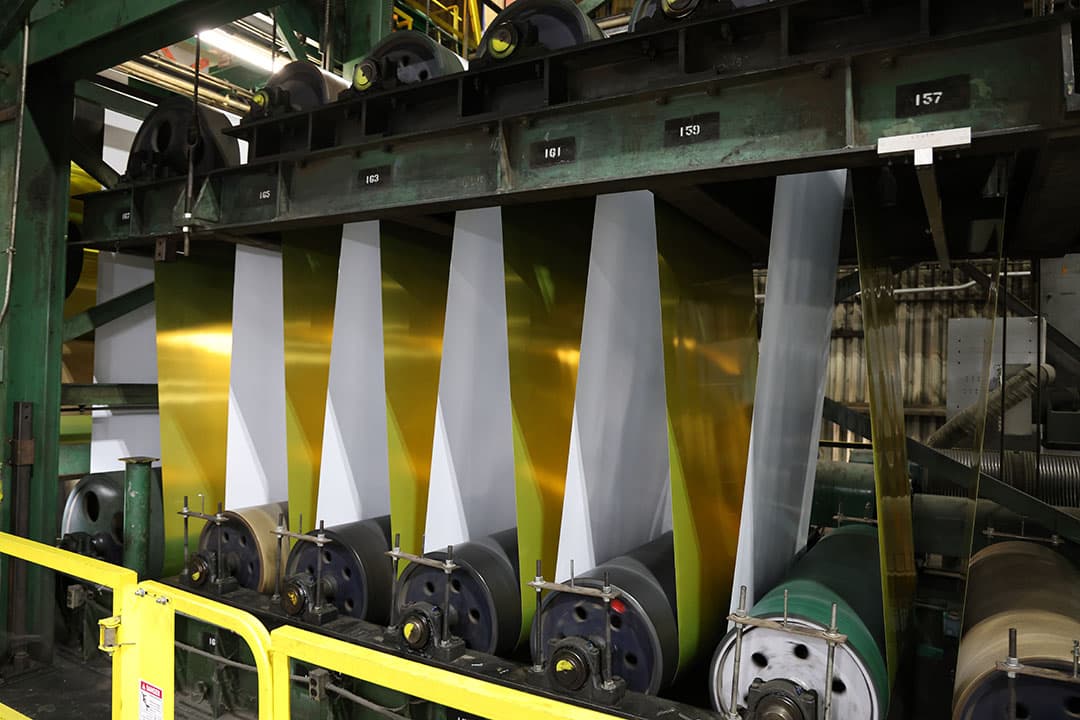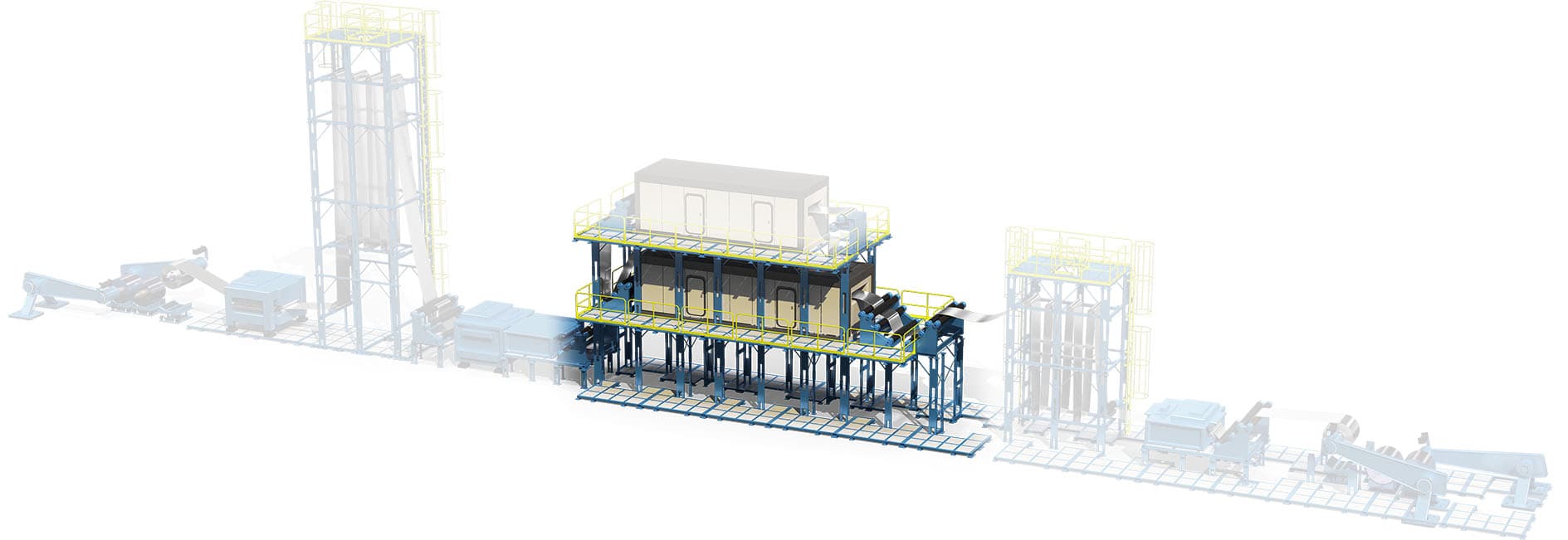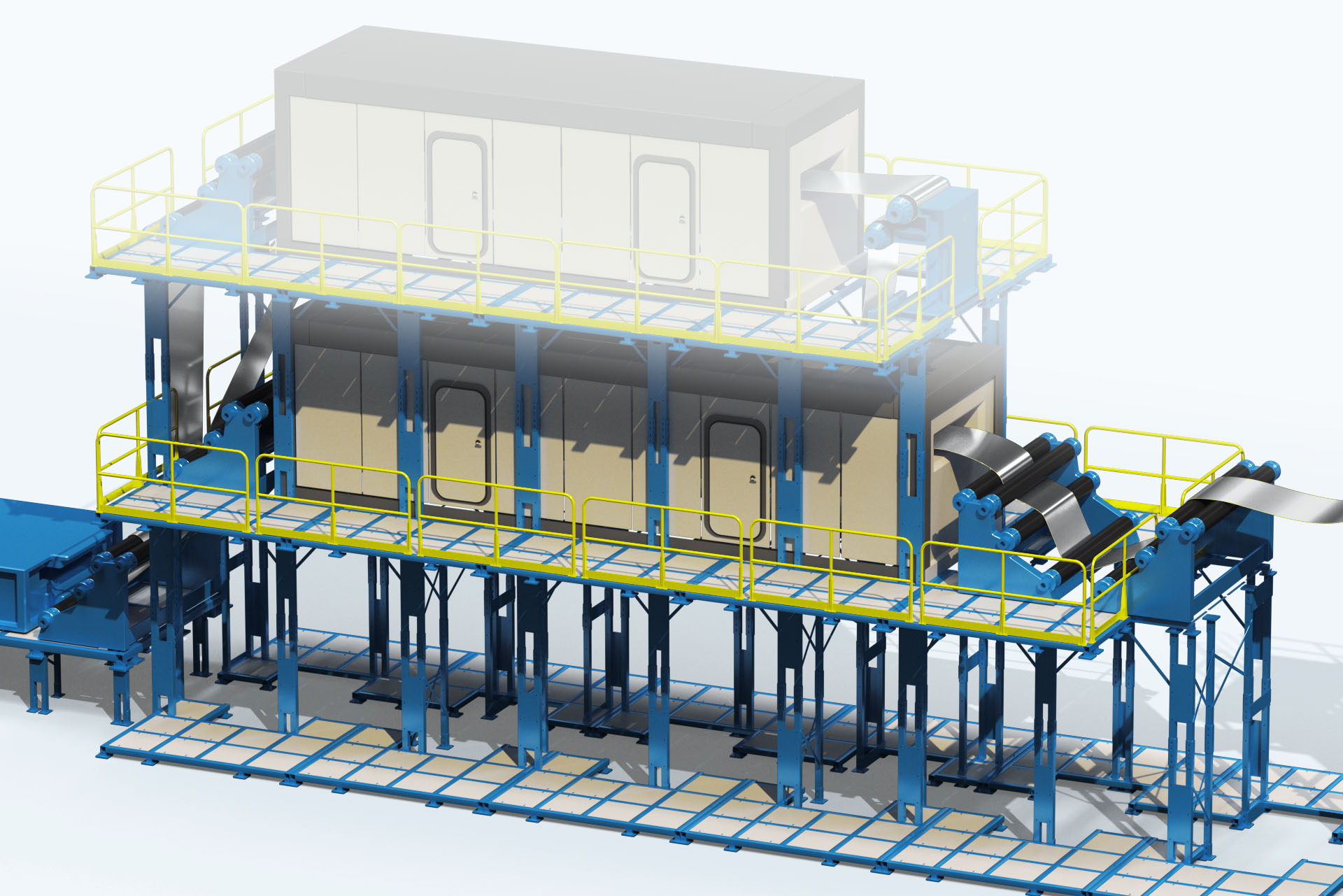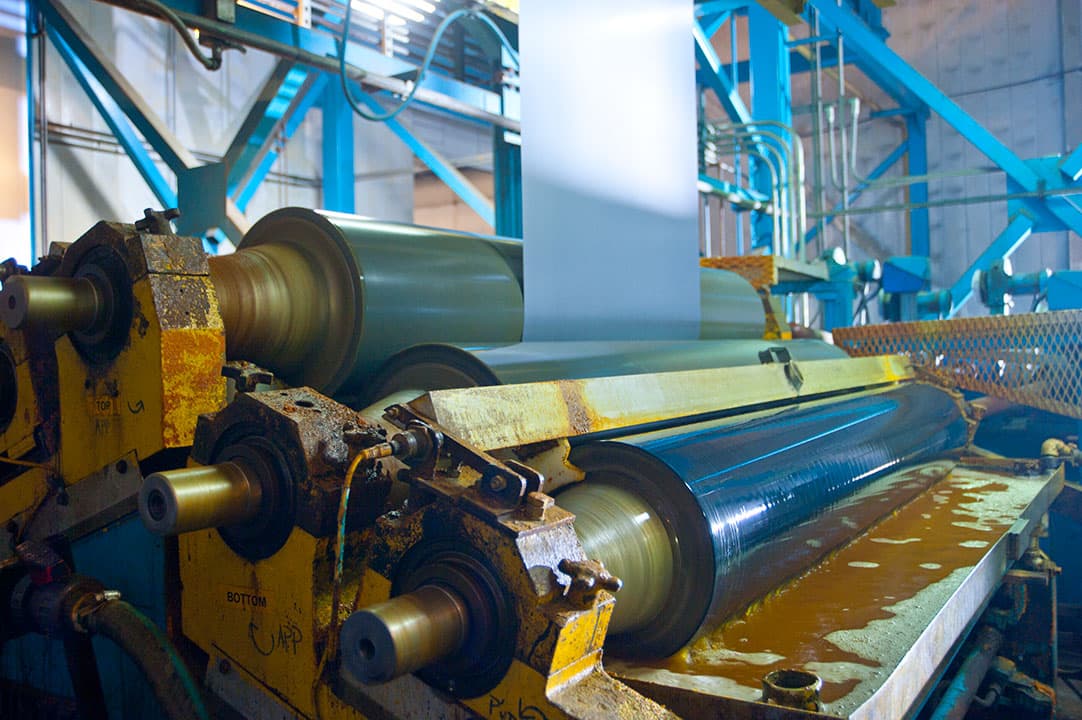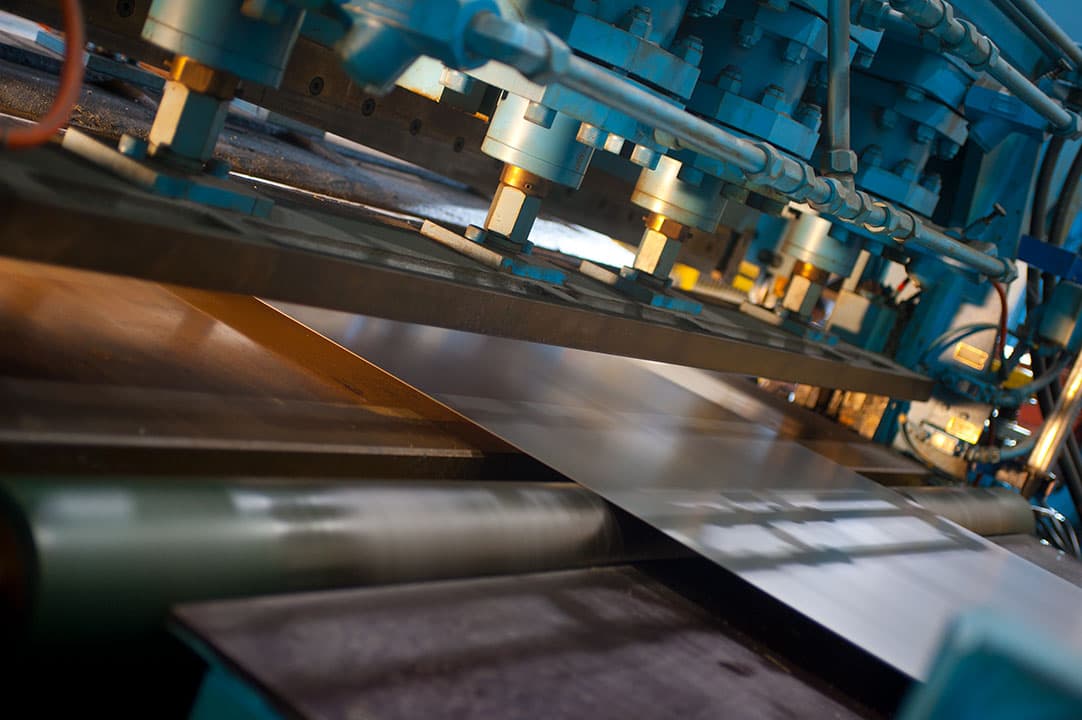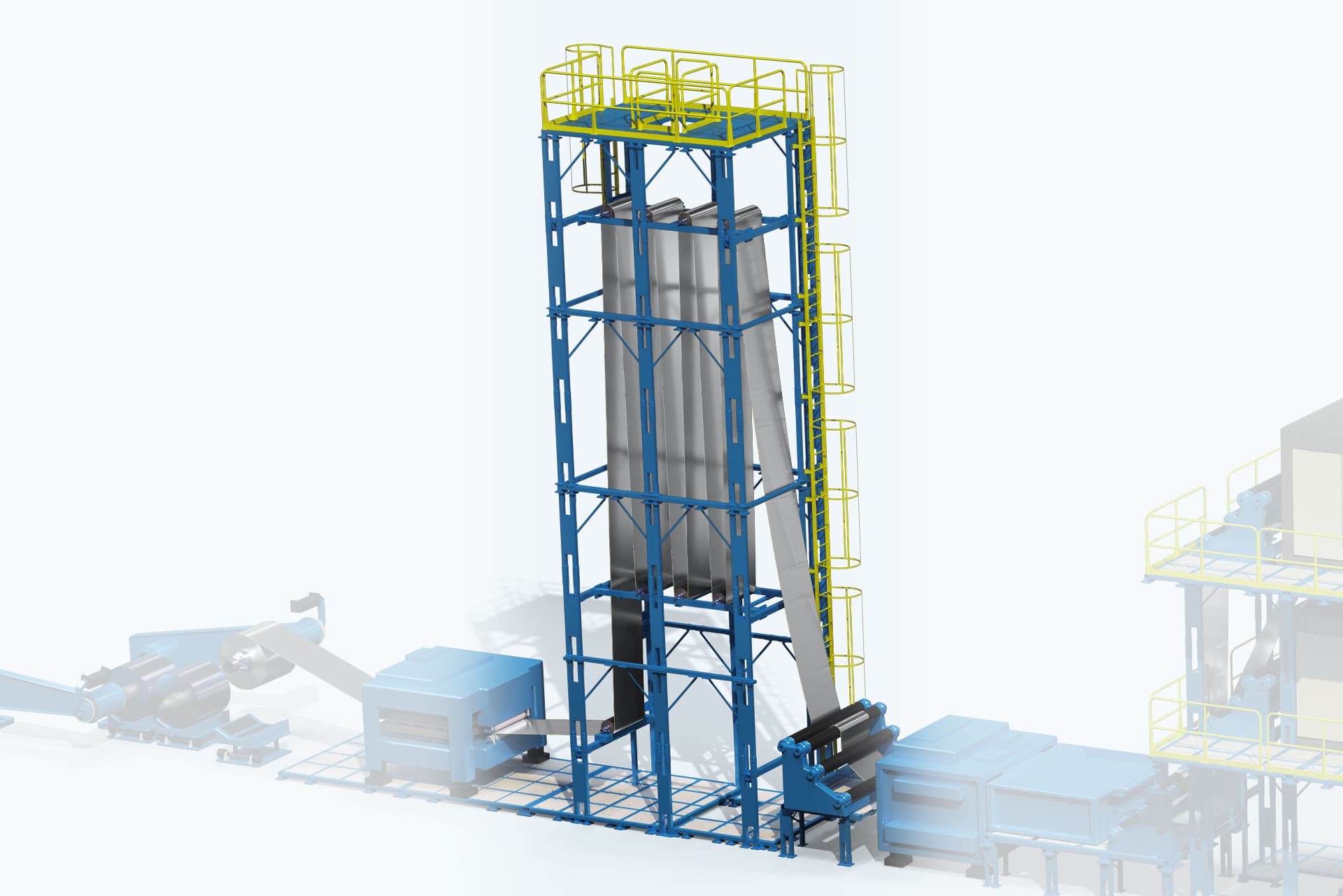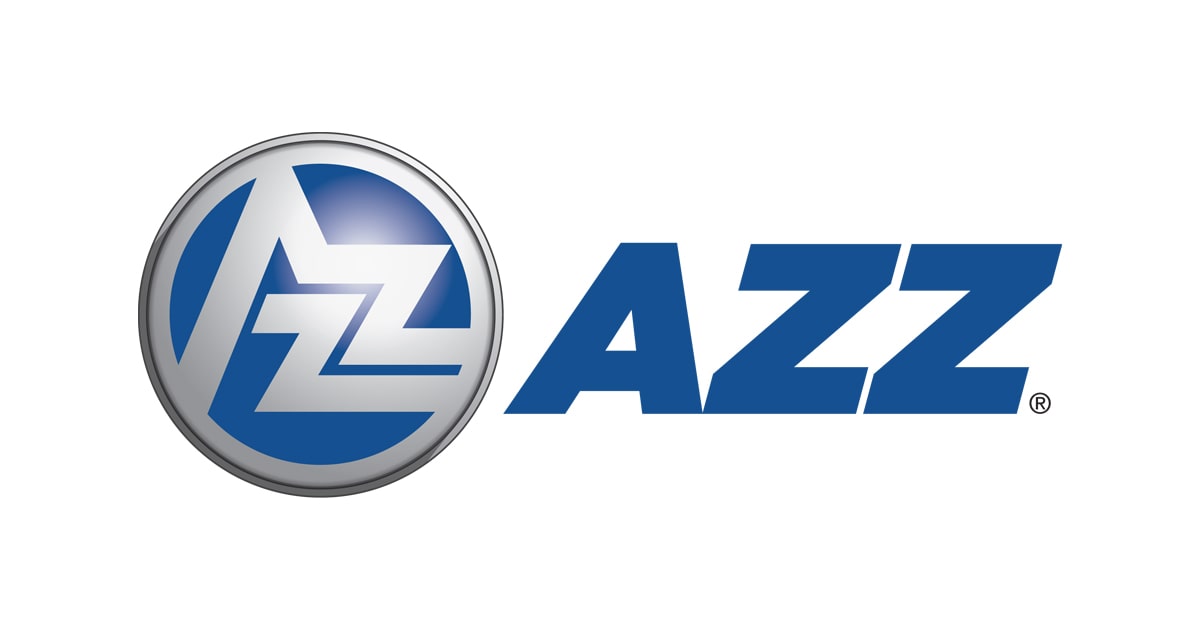Can You Hear Me Now? How ConcealFab and hot-dip galvanizing are shaping the 5G Landscape

1G networks gave way to 2G mobile technology in 1991. The 2G mobile network ran on a digital signal, not analog, which not only improved its security but also its capacity. 2G users could send SMS (short message service) and MMS (multimedia messaging service) communications, albeit with inconsistent results. GPRS (general packet radio service) also known as 2.5G was introduced in 1997 enabling users to receive and send emails on the move.
The introduction of 3G networks in 1998 revolutionized mobile connectivity along with the capabilities of cell phones, ushering in faster speeds with vastly improved consistency. 3G allowed for more data-demanding features including video calling, mobile internet access, watching TV and playing online games. Third generation mobile networks are still in use today, but only when the superior 4G signal fails.
Beginning in 2008 4G networks ramped up speeds five times faster than it’s 3G predecessor, providing speeds of up to 100 Mbps (megabytes per second). Under 4G, users experienced better latency (less buffering), quality streaming and faster downloads.
Preparation for today’s 5G network began in 2015, but it wasn’t until 2018 that the first 5G towers came online, and 2022 before 5G truly went mainstream. 5G arrived with initial speeds up to 20x faster than 4G with the potential for download speeds between 10 and 20 Gbps (gigabits per second), or 100 times faster than the 4G network, allowing today’s consumers to download a full-length, high-def movie onto their devices in just seconds.
5G affects how we connect our devices to the internet. The improved speed and massive network capacity has developed new IoT (internet of things) trends, such as smart cities, E-Healthcare and connected cars. With almost a decade of 5G development remaining, the technology’s full potential is yet to be realized as it continues to revolutionize the way people live and work around the world.
5G signals operate at a higher radio wave frequency and are much more easily blocked by objects, meaning antennas must be placed closer together and in much greater volume, thus creating the demand for hundreds of thousands of smaller 5G antennas. These additional antennas are classified as small-cells. Small-cell poles are generally about the size of streetlights, with a coverage area ranging from a few hundred feet, and upwards of 1,000 feet, depending on topography and capacity needs.
While municipalities encouraged a fast plan to facilitate an expedited 5G roll out across the country, cities concerned with the negative visual aspects of additional antennas, began passing legislation requiring that cell carriers disguise, camouflage, or obscure these small-cell antennas. This obstacle created a huge demand for innovative solutions for concealment with the flexibility to meet varying aesthetic and color demands.
Founded in 2007, ConcealFab of Colorado Springs, a Valmont Company, recognized this expansive opportunity, becoming one of the fastest-growing small-cell companies in the telecom industry. ConcealFab offers small-cell concealments for nearly every hybrid spectrum radio and antenna in the sector with a variety of steel pole and pole attachment styles to choose from. The designated locations for these small-cell concealments include commercial, industrial and residential areas in every major city across the country.
It comes as no surprise that these steel small-cell poles, laden with radio equipment are exposed to a diverse range of corrosive elements. These include the corrosive effects of ice-melt chemicals and road salts prevalent in the northern cities, pollutants in heavily industrialized areas, and the corrosive impact of saltwater along the coastal regions. ConcealFab utilizes hot-dip galvanizing (HDG) to provide decades of unmatched protection from corrosion in these highly corrosive environments. HDG produces a durable, cost effective, maintenance free, zinc and iron alloy coating over all steel surfaces (internal and external). The internal protection of HDG prevents the possibility of undetected internal corrosion taking hold within these hollow concealments.
The aesthetics requirements for these small-cell applications are stringent and ConcealFab worked closely with AZZ to incorporate specific design features for efficient processing and optimum coating results.
Once galvanized, the majority of poles are returned to ConcealFab for a secondary color coat, tailored to the specific requirements of each project. Applying a secondary coat over the galvanized protection is often referred to as a duplex system. The duplex coating advantage provides an additional synergistic benefit, that increases the combined life expectancies of both coatings by 1.5 – 2 times. In preparation for the duplex system, ConcealFab performs a light sweep blast over the external HDG coating to produce a roughened surface for anchoring the secondary coat.
The significance of small-cell technology and concealments is widely recognized in today’s transformative era, symbolized by the inclusion of one of ConcealFab’s 5G poles now residing on display in the Smithsonian Institution’s esteemed collection.
As the proliferation of small-cell technology advances throughout the country, ConcealFab will continue to rely on hot-dip galvanizing to protect this critical infrastructure.
ConcealFab utilizes hot-dip galvanizing (HDG) to provide decades of unmatched protection.



Contact Us
Email Signup
Sign up to receive the latest news from AZZ




